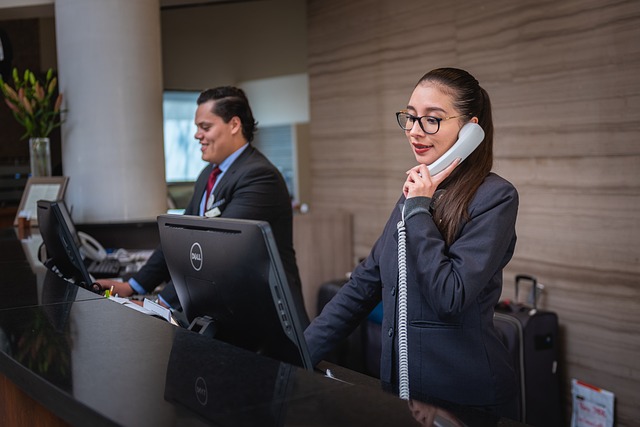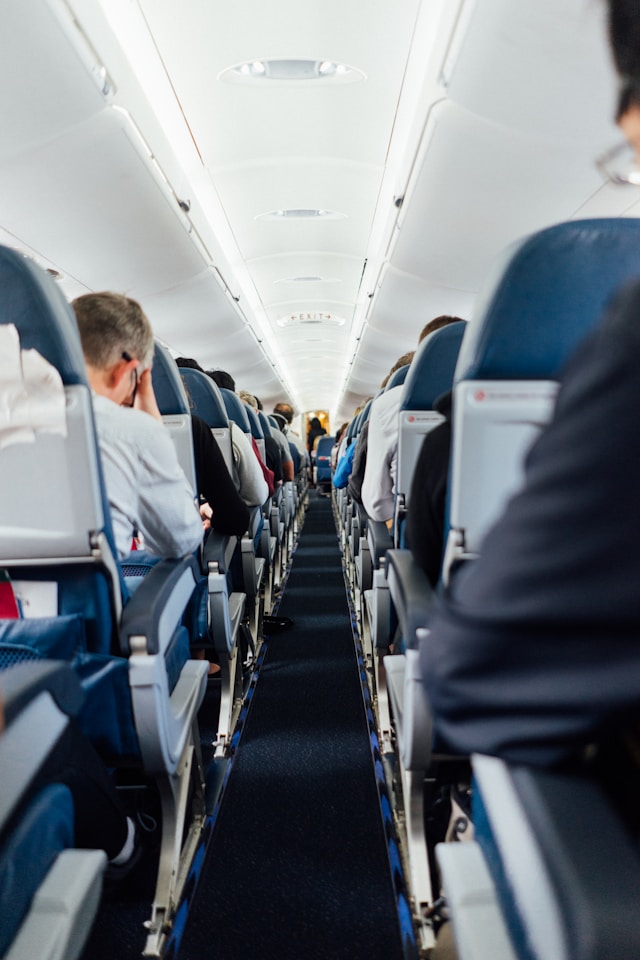In recent years, Business travel has been in a state of flux, shaped by a variety of factors ranging from technological advancements to global events. The emergence of COVID-19 in 2019 significantly disrupted traditional patterns of business travel, prompting a rapid shift towards remote work and virtual meetings. While the pandemic continues to have lingering effects on the industry, there are signs of recovery and adaptation as businesses navigate the new normal.
Table of Contents
Prior to COVID
Pre-COVID, business travel was a cornerstone of many industries, facilitating crucial face-to-face interactions, deal negotiations, and networking opportunities. It was not uncommon for professionals to hop on planes multiple times a month, crisscrossing the globe in pursuit of business objectives. However, the onset of the pandemic brought this bustling activity to a screeching halt.
Travel Restrictions
With governments imposing travel restrictions, companies implementing remote work policies, and health concerns discouraging non-essential travel, the business travel sector experienced an unprecedented decline. Airlines grounded fleets, hotels saw occupancy rates plummet, and conferences and trade shows were canceled or moved online. This abrupt halt had far-reaching consequences for various industries dependent on business travel, including hospitality, aviation, and event management.
Virtual Communication
In response to these challenges, businesses swiftly embraced virtual collaboration tools and teleconferencing platforms. Video conferencing became the primary mode of communication, enabling teams to conduct meetings, presentations, and even negotiations from the comfort of their homes. Companies invested in upgrading their digital infrastructure to support remote work, with technologies like cloud computing and project management software playing pivotal roles in maintaining productivity.
While virtual meetings provided a temporary solution, many professionals soon realized their limitations. Face-to-face interactions offer nuanced communication opportunities that are often lost in virtual settings. The lack of personal connection can hinder relationship-building, negotiation effectiveness, and team cohesion. As such, there has been a growing recognition of the importance of blending virtual and in-person interactions to achieve optimal outcomes.
Travel Revival
As vaccination efforts ramp up and countries gradually reopen their borders, there is cautious optimism regarding the revival of business travel. However, the landscape has shifted, and the resurgence is likely to be different from the pre-pandemic era. Companies are reevaluating their travel policies in order to manage expenses, considering factors such as cost-effectiveness, employee well-being, and environmental sustainability.
Combining Virtual Meetings with In-person
One notable trend is the rise of hybrid models, where businesses combine virtual meetings with strategic in-person gatherings. This approach allows companies to leverage the efficiency of virtual communication while capitalizing on the benefits of face-to-face interactions for critical engagements. Additionally, there is a renewed emphasis on the quality rather than the quantity of business trips, with organizations prioritizing travel for high-impact meetings and events.
Safety Concerns
Health and safety concerns remain paramount, prompting businesses to implement stringent protocols to protect their employees during travel. This includes measures such as mandatory testing, vaccination requirements, and enhanced sanitation procedures. The emergence of digital health passports and contactless technologies has streamlined the travel experience, providing travelers with confidence and peace of mind.
Airline Travel
The aviation industry, a cornerstone of business travel, has undergone significant transformation in response to the pandemic. Airlines have implemented measures to ensure passenger safety, including enhanced cleaning protocols, improved air filtration systems, and reduced capacity on flights. The adoption of flexible booking policies and loyalty incentives has also helped rebuild consumer confidence and stimulate demand.
Hospitality Changes
Similarly, the hospitality sector has adapted to the changing needs of business travelers, offering flexible accommodations and tailored amenities. Hotels have introduced contactless check-in/out procedures, enhanced room sanitation practices, and expanded remote work facilities to cater to the growing demand for “workcation” experiences. Meeting and event venues have embraced hybrid formats, incorporating virtual components to accommodate remote participants.

Digital Transformation
Conferences, trade shows, and industry events, once the lifeblood of business networking, have undergone a digital transformation. Virtual conferences have become commonplace, offering attendees the opportunity to participate in sessions, network with peers, and explore exhibitor booths from anywhere in the world. While virtual events provide accessibility and convenience, they lack the immersive experience and serendipitous encounters of in-person gatherings.
Future Business Travel
Looking ahead, the future of business travel is likely to be shaped by a blend of virtual and in-person interactions. While technology will continue to play a central role in facilitating remote collaboration, the value of face-to-face engagements cannot be overstated. As businesses adapt to the evolving landscape, agility, resilience, and innovation will be key drivers of success in the post-pandemic era of business travel.




